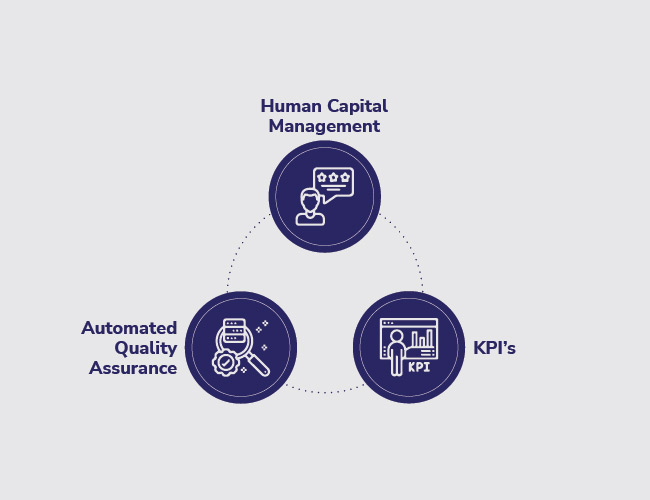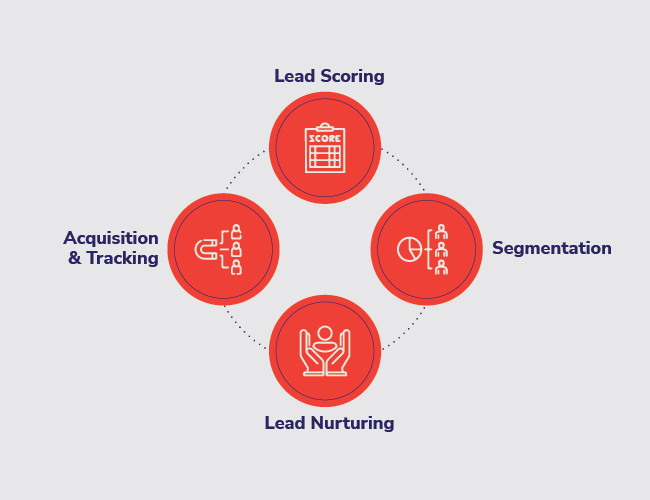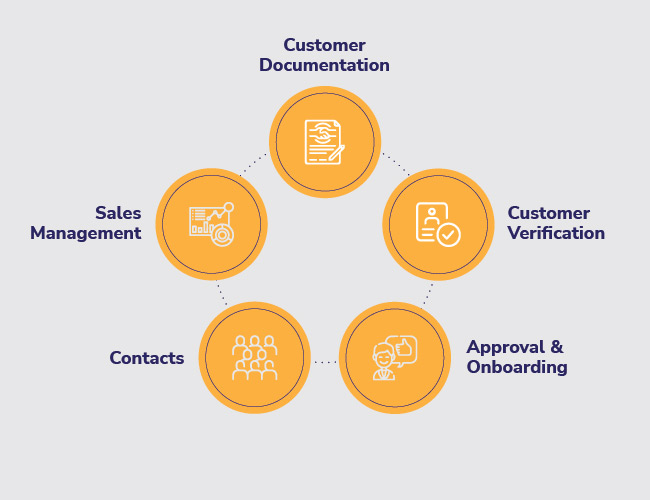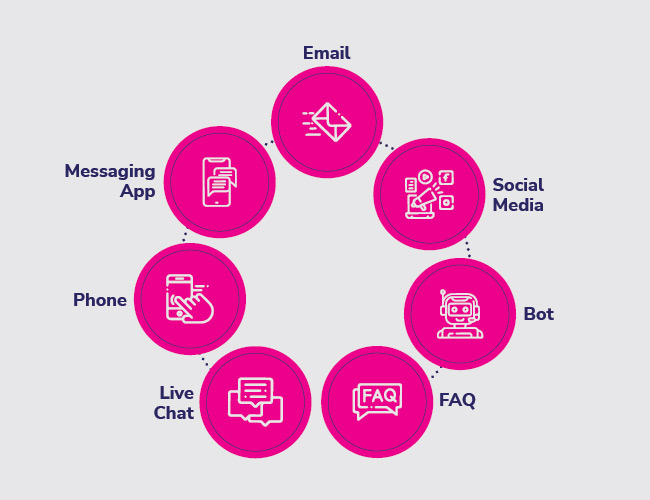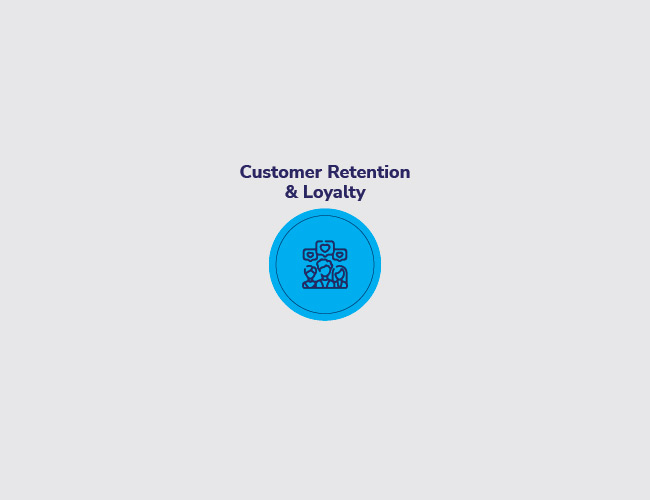
How Private 5G Networks are Revolutionizing Business Communication and Collaboration
For a few years now, 5G networks have been hailed as the new technological frontier that would enable new business opportunities due to new service possibilities. It would also make remote collaborations easy, especially by using virtual reality headsets like Oculus Rift or HTC Vive. And for existing businesses, 5G networks can bring about unparalleled speed and unmatched efficiency. What’s the catch, you ask? Public 5G networks have been a little slow to the party, so businesses have been considering (and using) private 5G networks.
Ways of setting up a private 5G network
But how do businesses set up their own networks? Are they even possible? Are they easy or complex? Let us look at a high-level, approximated system architecture. There are two main ways in which a private network can be deployed.
- A dedicated private network, where all aspects of the network are owned and controlled by the business. This includes the spectrum, and the hardware required to set up the infrastructure, such as the routers, gateways, radio access network devices, etc.
- A hybrid network, where a part of an existing public service network is cordoned off for a specific organization. In other words a mixed-use network. Such a hybrid network can further be set up in two different ways.
- Public core – where the critical components of the infrastructure are designed and deployed predominantly for the use of the general public. Specific components such as a dedicated packet core are installed on-premise for organizations.
- Private core – the exact opposite where the packet core is for the general public but organizations get their own private edge computing systems and, if needed, private RANs or radio access networks.
Who should build a private 5G network?
It may be slightly evident that not every organization needs a private 5G network. Here are three examples where they make great sense.
- Organizations with a vast manufacturing base can use this to keep track of raw materials, and pieces of equipment, and to analyse manufacturing defects.
- Companies that must send heavy data over long distances, mainly media streaming businesses, to reduce buffer time and improve bitrates, and video resolutions, and manage scaling up users.
- Transportation companies to track vehicles and provide real-time updates to customers about transit times; to better handle vehicle maintenance and repairs; to ensure the freshness of goods, especially cold storage items.
The possibilities are limited by imagination only. We can dream up use cases that did not historically use technology extensively.
Consider the healthcare industry. If hospitals use a private 5G network, patients can be monitored remotely and receive care at home instead of having to go into a hospital or clinic. Patients can also be monitored pre-emptively for symptoms that indicate something might be wrong, such as irregular heartbeats or other issues related to their health.
This means that doctors can attend to more patients. Monitoring patients’ conditions 24/7 might also help prevent mistakes from happening which could lead to costly lawsuits. It might also open up new avenues of medical care, such as continuous monitoring of the brain at the patient’s location, instead of waiting for an MRI machine.
Is a private 5G network entirely private?
Technically speaking, only dedicated networks are fully private. But then, to address the true intent behind the question, we must ponder what aspect we refer to when we use the term private. If it relates to security and data privacy, private 5G networks are reliable moats, even in hybrid configurations. A simple analogy is VPNs that almost every company is certainly using. Individual devices may connect to the internet on public networks, but VPNs create that safety net. Private 5G networks, even hybrids, will operate in the same manner, ensuring the safety of data and privacy by enabling authorized access only; as long as the human behind the device does not fall prey to scams and phishing attacks.
A chain, as they say, is only as strong as its weakest link.
How much will it cost?
Even SaaS products, which are straightforward when compared with private RAN networks, cannot provide a number without gathering a lot of data. It would thus be foolhardy to assume that someone could easily say, “it will cost X USD for Y size of a business.”
With that caveat, businesses should have a range of anywhere between $250,000 and $1.2 million, as per Light Reading. As STL Partners note, each use-case comes with its checks and balances, making it difficult to set standardized pricing. Lastly, an important point to remember is that the biggest expense will be the spectrum charges and critical equipment such as base stations, gateways, and routers; as pointed out by IT Business Edge.





 Nilesh Gupta
Nilesh Gupta
 Ramu Bodathulla
Ramu Bodathulla Mr. Raj Kumar Ahuja
Mr. Raj Kumar Ahuja Dr. Madan Bhalchandra Gosavi (B.A. (Hons.), LLM, M.Phil, PhD)
Dr. Madan Bhalchandra Gosavi (B.A. (Hons.), LLM, M.Phil, PhD) Mr. Umesh Mehta
Mr. Umesh Mehta Harish Shenoy
Harish Shenoy CA Uttam Prakash Agarwal
CA Uttam Prakash Agarwal Uttam Jhunjhunwala
Uttam Jhunjhunwala Ranjit Balakrishnan
Ranjit Balakrishnan Emmanuel N
Emmanuel N
 Rangapriya Goutham
Rangapriya Goutham Kiran Chittar
Kiran Chittar Sushant Purushan
Sushant Purushan Mohan TS
Mohan TS Sanjay Rawa
Sanjay Rawa Dr. Aruna Sharma
Dr. Aruna Sharma Mr.Avtar Singh Monga
Mr.Avtar Singh Monga Mr. Thompson P. Gnanam
Mr. Thompson P. Gnanam Ms. Zohra Chatterji
Ms. Zohra Chatterji Dr. Kalyan Krishnamoorthy
Dr. Kalyan Krishnamoorthy







 Mr. Pravir Vohra
Mr. Pravir Vohra Viraf Sirvala
Viraf Sirvala

 Amrita Gangotra
Amrita Gangotra